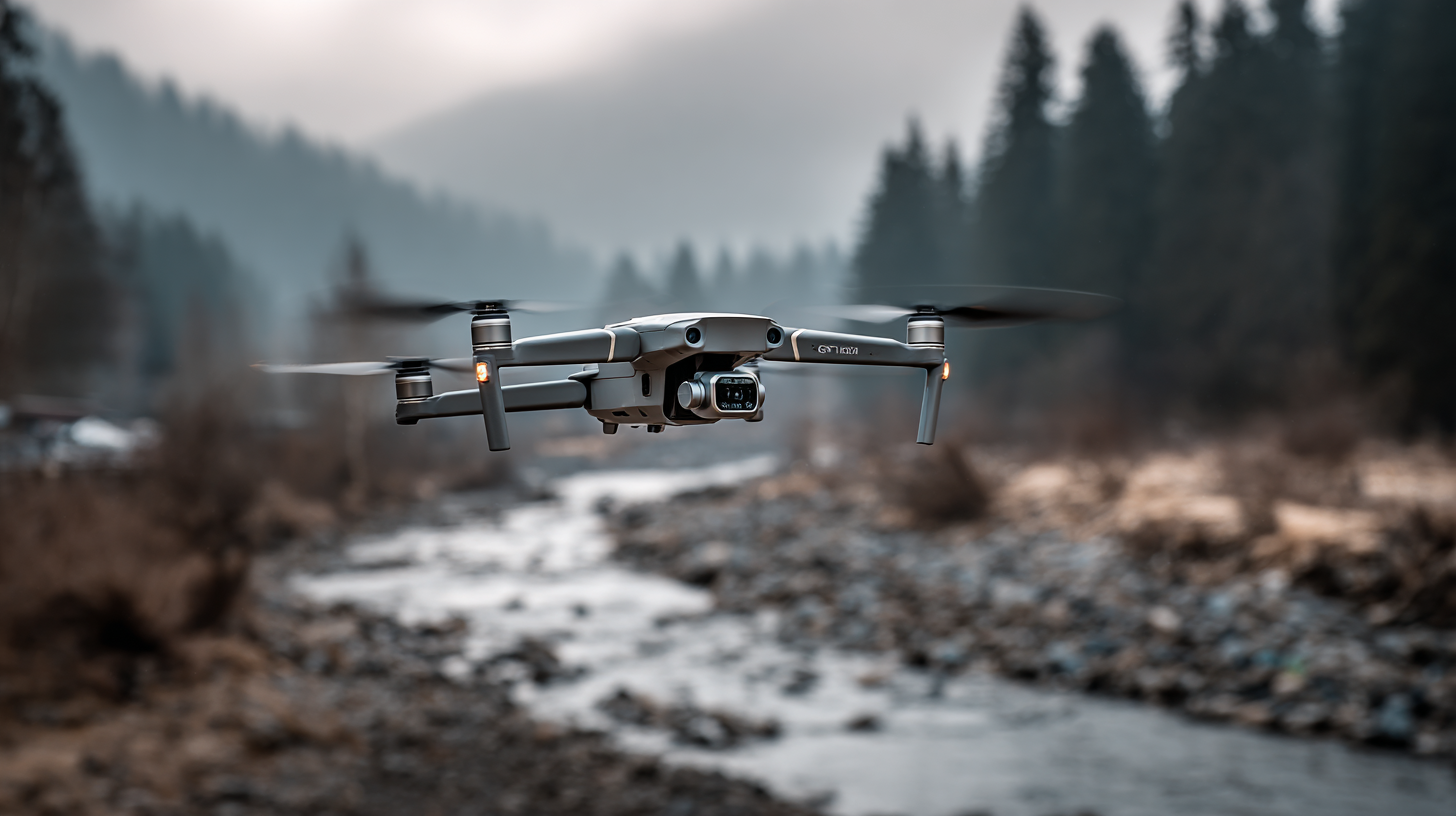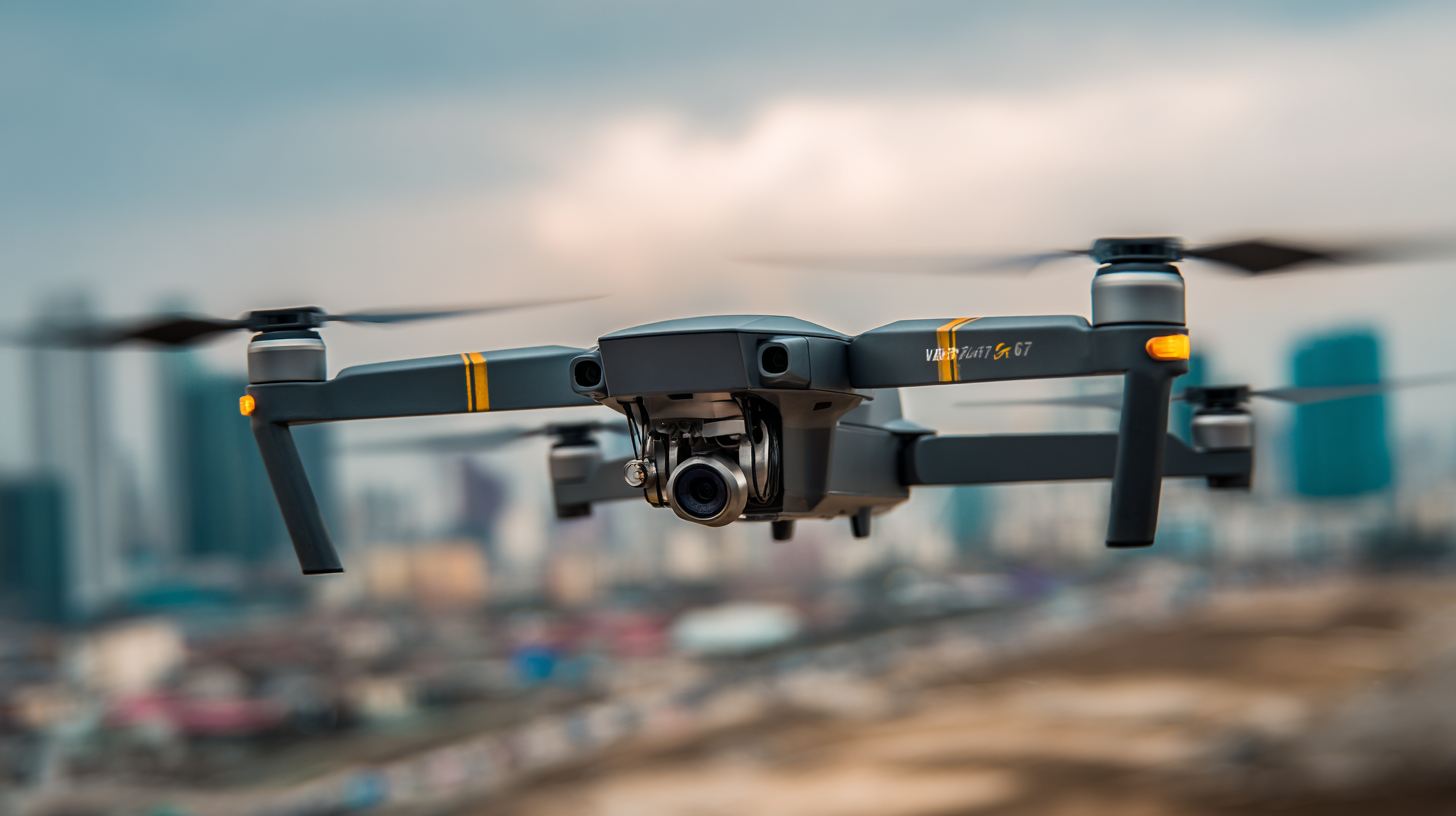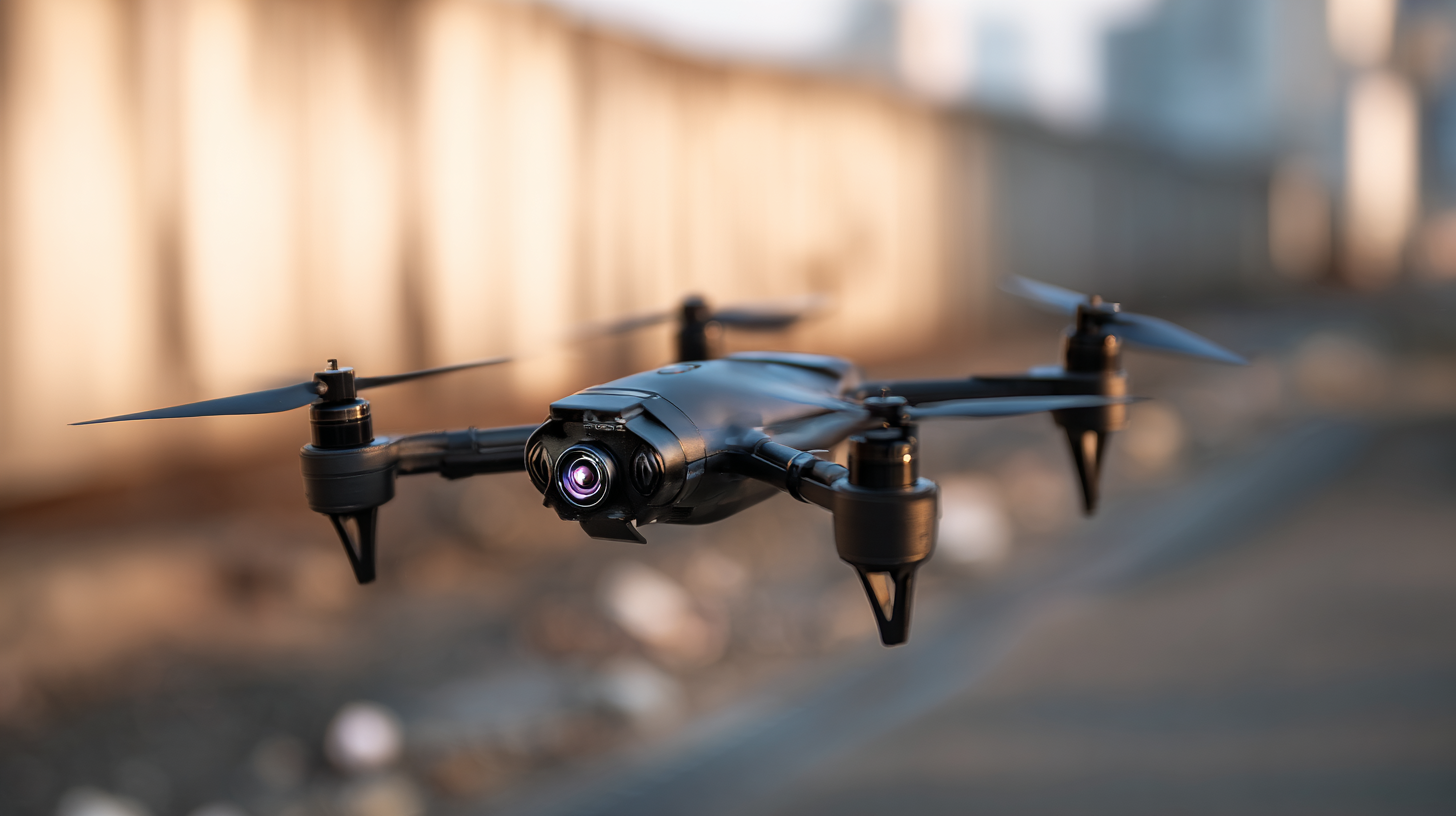
Future Trends in the GPS RC Drone Market for Global Buyers in 2025
As the use of GPS RC drones continues to surge, driven by advancements in technology and growing applications across various industries, the importance of selecting high-quality manufacturers becomes paramount for global buyers. According to a recent report by MarketsandMarkets, the global GPS drone market is expected to reach USD 5.7 billion by 2025, growing at a compound annual growth rate (CAGR) of 14.5% from 2020. This growth reflects the increasing demand for aerial solutions in sectors such as agriculture, surveillance, and logistics. However, with a myriad of manufacturers emerging in the market, distinguishing between reliable suppliers and inferior ones is critical for investors and organizations looking to capitalize on this trend. Understanding key manufacturing quality indicators and industry benchmarks will ensure that buyers make informed decisions that enhance operational efficiency and return on investment in the competitive landscape of GPS RC drones.

Emerging Applications of GPS RC Drones in Various Industries by 2025
The landscape of GPS RC drones is rapidly evolving, with diverse applications increasingly emerging across various industries by 2025. In agriculture, for instance, farmers are expected to harness these drones for advanced crop monitoring, precision spraying, and livestock management. The integration of GPS technology allows for meticulous data collection, enabling better analysis and improved crop yields, which is essential in meeting the rising food demand.
Moreover, the construction and surveying sectors are on the verge of transforming their operations through GPS RC drones. These drones can efficiently conduct site surveys, monitor construction progress, and enhance project management with real-time aerial imagery. Such advancements not only save time and reduce labor costs but also minimize human error, making construction projects more streamlined and precise.
In addition to agriculture and construction, the logistics and delivery services are set to benefit from the rise of GPS RC drones. Companies are exploring ways to deploy drones for last-mile deliveries, significantly improving the speed and efficiency of transporting goods. As drone technology matures, we can expect to see innovative applications that will redefine the capabilities and functionalities of GPS RC drones in the global marketplace.
Future Trends in the GPS RC Drone Market for Global Buyers in 2025 - Emerging Applications of GPS RC Drones in Various Industries
| Industry | Emerging Applications | Projected Market Growth (%) | Key Benefits |
|---|---|---|---|
| Agriculture | Crop monitoring and precision farming | 20% | Enhanced yield and resource efficiency |
| Construction | Site surveying and mapping | 15% | Improved project planning and safety |
| Delivery | Last-mile delivery and logistics | 30% | Faster delivery times and reduced costs |
| Real Estate | Aerial property photography and video | 25% | Better marketing presentations and virtual tours |
| Environmental Monitoring | Wildlife conservation and pollution tracking | 18% | Enhanced regulatory compliance and data accuracy |
Innovative Technologies Shaping the Future of GPS RC Drones
The future of GPS RC drones is poised for significant transformation as innovative technologies continue to emerge. In 2025, we can expect advancements in artificial intelligence and machine learning, allowing drones to analyze data in real-time and make smarter operational decisions. This evolution will enhance their capabilities in various sectors, from agriculture to delivery services, enabling users to harness the full potential of aerial technology.

Tip: When considering a GPS RC drone in the future, look for models that incorporate AI-based features. These drones will not only improve your efficiency but also adapt to various environments with ease.
Moreover, the integration of 5G technology is set to revolutionize drone communication. With faster data transmission speeds, drones will be able to send and receive information almost instantaneously, perfect for applications requiring immediate responses, like emergency services and surveillance. This connectivity will ensure that operators have access to crucial data without delays.
Tip: Ensure your drone's compatibility with emerging 5G networks to maximize performance and responsiveness, especially for commercial applications where reliability is key.
How to Choose the Right GPS RC Drone for Your Industry Needs
When selecting the right GPS RC drone for your specific industry needs, it is critical to consider several key factors, including payload capacity, flight time, and the quality of onboard sensors. A recent report by ResearchAndMarkets projects that the global drone market will reach $42.8 billion by 2025, with the commercial segment—encompassing industries like agriculture, construction, and logistics—showing the highest growth rates. This highlights the increasing importance of drones tailored to meet various operational requirements.
Additionally, it's essential to assess the regulatory environment and technical support available in your region. According to the Federal Aviation Administration (FAA), as of 2023, there are over 880,000 registered drones in the U.S., with a significant increase in commercial applications. Buyers should focus on drones that comply with local regulations while offering advanced features such as GPS waypoint navigation and obstacle avoidance. By prioritizing these factors, companies can ensure they select the most effective drone solution to enhance efficiency and productivity in their operations.
Future Trends in the GPS RC Drone Market for Global Buyers in 2025
This bar chart represents the projected market growth of GPS RC Drones in various industries by 2025. The data reflects the percentage increase in demand across different sectors, showcasing how diverse industries are adopting drone technology.
Case Studies: Success Stories of GPS RC Drones in Action
As we approach 2025, the GPS RC drone market continues to expand, showcasing innovative applications across various industries. Case studies highlight the effectiveness of these drones in agriculture, where precision farming is revolutionized. According to a report by MarketsandMarkets, the agricultural drone market alone is projected to reach $4.2 billion by 2026, growing at a compound annual growth rate (CAGR) of 30%. GPS RC drones are enabling farmers to monitor crop health and optimize yields with unparalleled accuracy.

Another remarkable success story comes from the construction sector, where GPS RC drones are streamlining project management and enhancing safety. In a study conducted by PwC, it was found that 70% of construction companies using drones reported significant improvements in data collection and project timelines. Companies have adopted these drones for surveying, which allows for real-time data on construction sites, reducing costs and minimizing delays. As global buyers invest in GPS RC drones, the positive impact observed in these case studies underscores the technology's transformative role in diverse fields, setting a strong precedent for the future.
Navigating Regulatory Challenges for Global GPS RC Drone Users in 2025
Navigating the regulatory landscape in 2025 will be crucial for global GPS RC drone users. As drone technology continues to advance, governments worldwide are tightening regulations to ensure safety and privacy. Drone operators must stay informed about the latest laws in their respective countries, which may include registration requirements, privacy concerns, and no-fly zones. Understanding these regulations will not only help avoid fines but also promote responsible drone use.
Tip: Always check for updates from your local aviation authority, as regulations can change frequently. Join community forums or groups where drone enthusiasts discuss regulatory changes and share experiences.
In addition to government regulations, users should consider the ethical implications of drone usage. As drones become more capable, it’s essential to respect the privacy of individuals and avoid intrusive behaviors. Fostering a positive public perception of drones can lead to more favorable regulations in the future.
Tip: When flying your drone, maintain a respectful distance from private properties and populated areas to mitigate privacy concerns and enhance community acceptance.